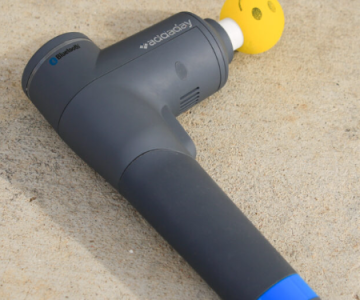Foam rolling has become a staple in many athletes’ recovery routines, but it’s important to understand that it’s not a cure-all for every muscle issue. According to Richard Hansen, a sports chiropractor who works with both recreational runners and Olympians, foam rolling “shouldn’t be seen as the ultimate solution for at-home therapy.” In fact, improper use can lead to muscle damage. To get the most out of your foam roller and avoid injury, follow these key tips:
Use It for Recovery, Not Injury Treatment
Foam rolling is great for recovery, but it shouldn’t be used on acute injuries, especially in the initial days. Rolling over a damaged area can irritate muscle tissue and slow healing. The roller is more effective for enhancing recovery by improving blood circulation, breaking down scar tissue, and increasing flexibility in the muscle.
Go Easy
While it might feel satisfying to roll out tight spots with a lot of pressure, Hansen warns that too much intensity can actually mask pain and lead to overdoing it. Excessive pressure can be harmful, so it’s important to keep it gentle. “Just because it hurts doesn’t mean it’s more effective,” he says. It’s safer to be cautious and avoid rolling over bony areas or tendons. If you’re working on the IT band, for example, focus on the middle of the muscle, not the areas where tendons attach at the knee or hip.
Timing Is Key
Hansen recommends using the foam roller post-workout rather than before. Start by lightly rolling a muscle for about 30 seconds, followed by a gentle 10-second stretch. You can repeat this sequence up to three times on each area. The foam roller should complement your overall recovery strategy, not be relied upon as your sole method.
By following these tips, you can incorporate foam rolling into your routine safely and effectively, supporting muscle recovery without causing harm.





